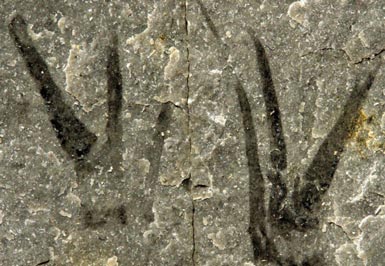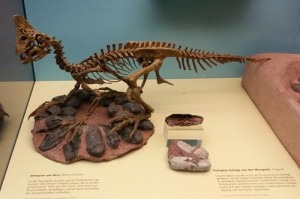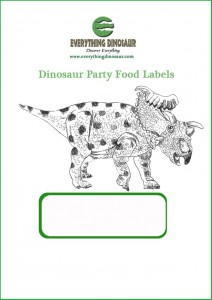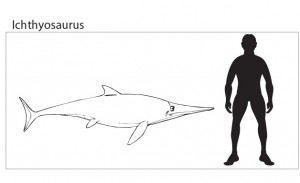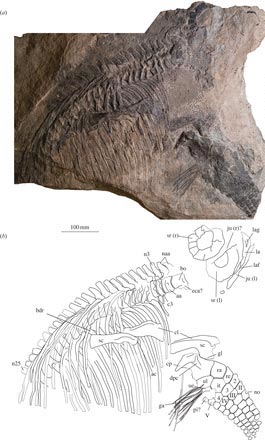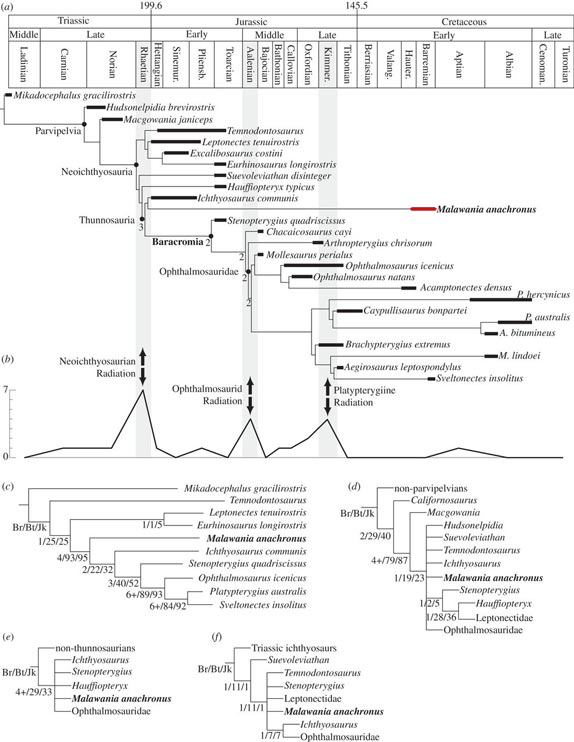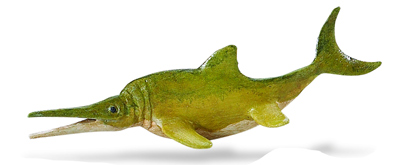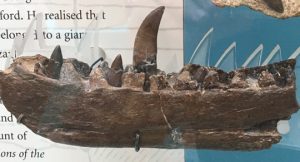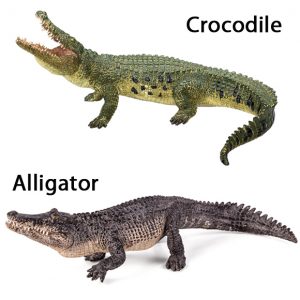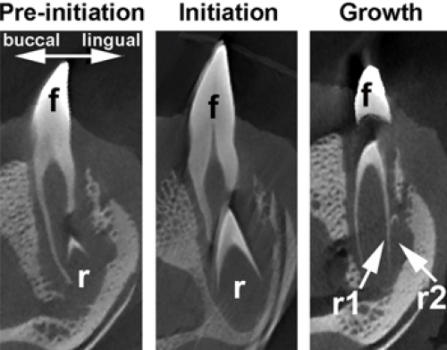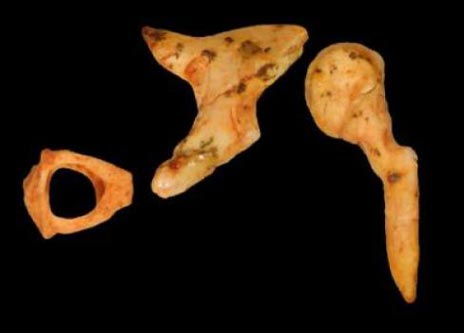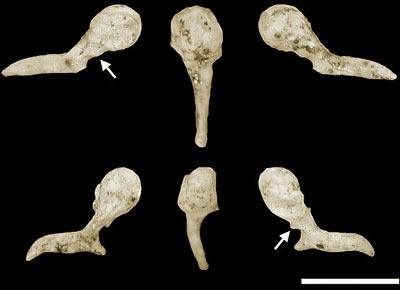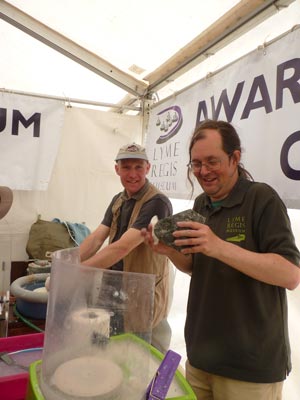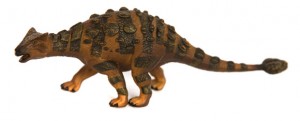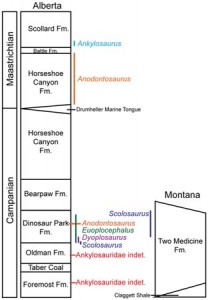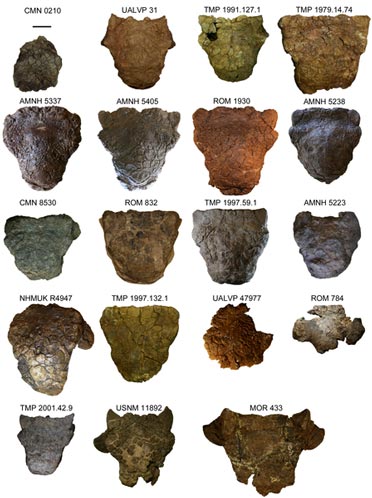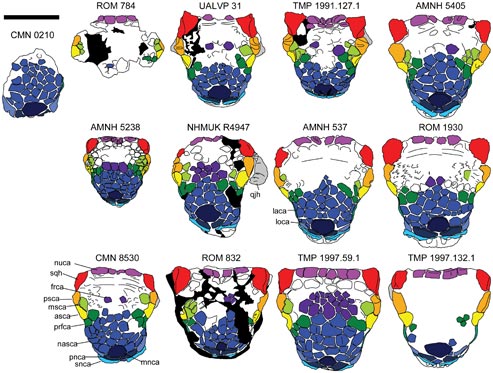Flim Star Honoured by Having Fossil Arthropod Named After Him
Edward Scissorhands (Johnny Depp) Honoured by Having Cambrian Arthropod Named After Him
The 1990 film Edward Scissorhands (directed by Tim Burton), starred Johnny Depp as a boy with scissors for hands. A new genus of fossil Cambrian arthropod, a strange four centimetre long creature that is distantly related to extant, marine arthropods such as crabs and lobsters, which also had scissor-like appendages has been named in honour of the actor.
Fossil Cambrian Arthropod
Naming a new creature after a famous person is nothing new, for example, a number of dinosaurs have been named after wealthy benefactors and people who have supported the sciences. Back in 2011 a new species of horned dinosaur, Pachyrhinosaurus perotorum was named in recognition of the Perot family (Margot and H. Ross Perot), for their support of the Museum of Science and Nature in Dallas, Texas. The author Herman Melville, he of “Moby Dick” fame has had a species of toothed whale named after him, but it is rare for an actor portraying a fictional character to be honoured in this way.
Kooteninchela deppi
The animal has been named Kooteninchela deppi (pronounced as Coo-ten-ee-che-la depp-eye). The fossil has been dated to around 505 million years ago (Late Cambrian). It was during the Cambrian period that virtually all the pre-cursors to modern animals evolved. Author of the scientific paper, published this month in the academic publication “The Journal of Palaeontology”, David Legg commented that:
“When I first saw the pair of isolated claws in the fossil records of this species I could not help but think of Edward Scissorhands. Even the genus name, Kootenichela, includes the reference to this film as ‘chela’ is Latin for claws or scissors. In truth, I am also a bit of a Depp fan and so what better way to honour the man than to immortalise him as an ancient creature that once roamed the sea?”
Canadian Fossil
The fossil, which comes from Canada, (British Columbia), represents an animal that lived in warm, shallow waters part of a rich and diverse marine ecosystem dominated by molluscs and arthropods with the very first ancestors of the chordates (animals with backbones), playing only a minor role.
K. deppi had a flattened, segmented body with pairs of legs associated with the majority of its trunk segments. It probably scuttled along the sea floor but was probably capable of swimming short distances by flexing its body from side to side. It is not known what the scissor-like appendages were used for. This arthropod that lived alongside the trilobites, may have scavenged the carcases of other creatures that had died and sank to the bottom of the sea. Or perhaps, it used its strange claws with their elongated spines to probe in the sediment so as to capture soft-boded creatures like segmented worms.
Eyes on Stalks
Like many Cambrian arthropods, it has large compound eyes, with each lens made of calcite. Each eye was positioned on top of a movable stalk (a peduncle). This would have given this two inch long arthropod excellent vision, even in low light and it could have buried itself in soft mud, leaving its eyes sticking out so that it could keep a look out for any predators whilst remaining difficult to spot.
A Close up of the Strange Claw-like Appendages
Picture credit: Imperial College London/Journal of Palaeontology
David’s research led him to conclude that Kooteninchela deppi belongs to a group known as the ‘great-appendage’ arthropods, or megacheirans, (big hands), which refers to the enlarged pincer-like frontal claws that they share. The megacheirans are a diverse clade, fossils of which have been found in many parts of the world including the famous Burgess Shale deposits and Cambrian aged strata in China.
David went onto state:
“Just imagine it: the prawns covered in mayonnaise in your sandwich, the spider climbing up your wall and even the fly that has been banging into your window and annoyingly flying into your face are all descendants of Kooteninchela deppi. Current estimates indicate that there are more than one million known insects and potentially 10 million more yet to be categorised, which potentially means that Kooteninchela deppi has a huge family tree.”
Studying Ancient Arthropods
The researcher hopes to extend his study of ancient arthropods with the aim of learning more about the radiation of these armoured creatures and how ancient arthropods gave rise to the huge range of extant arthropods found today, including the insects.
It seems that the inspiration behind Edward Scissorhands was not a first, such a creature with claw-like appendages had evolved some five hundred million years earlier.
To view models and replicas of Palaeozoic prehistoric animals: CollectA Age of Dinosaurs Popular Range.


